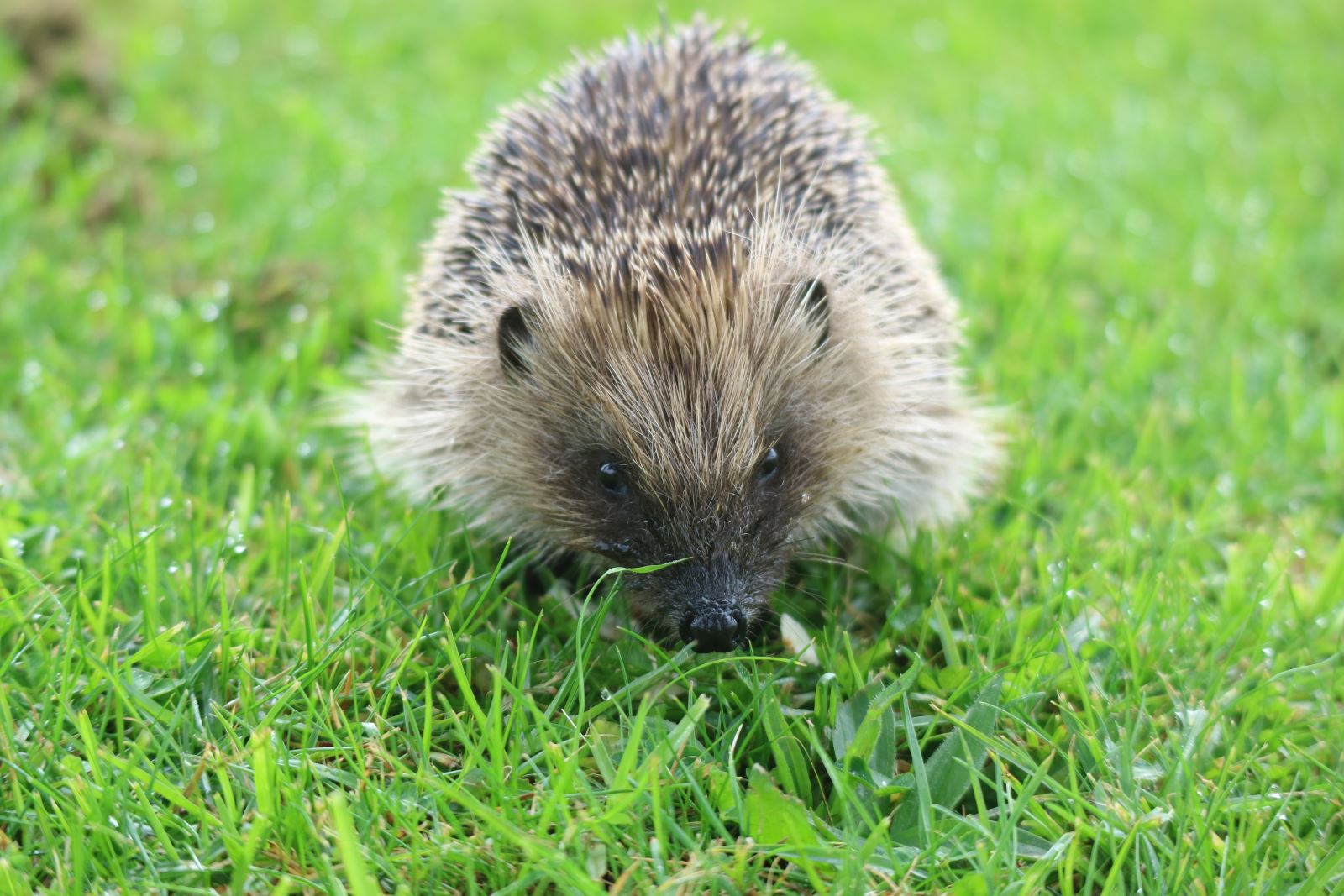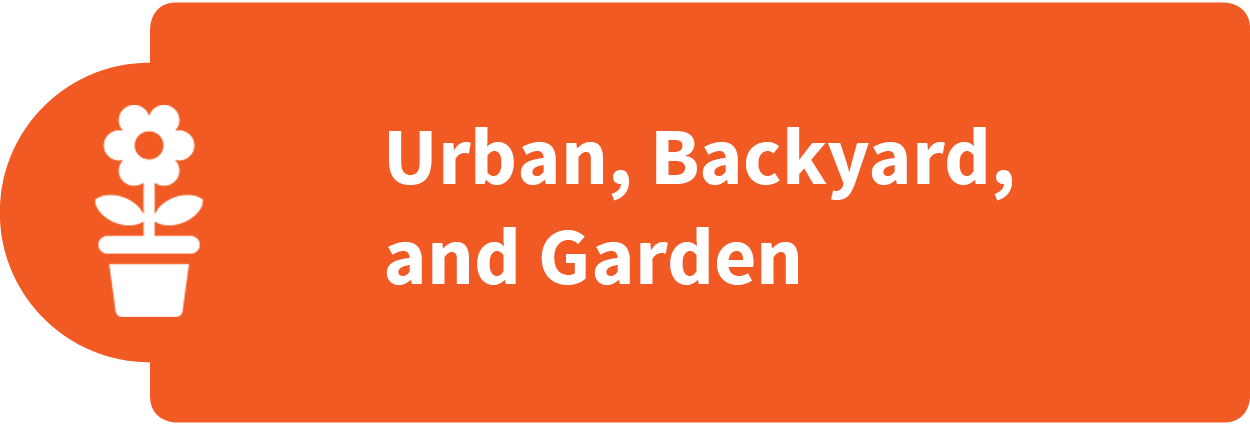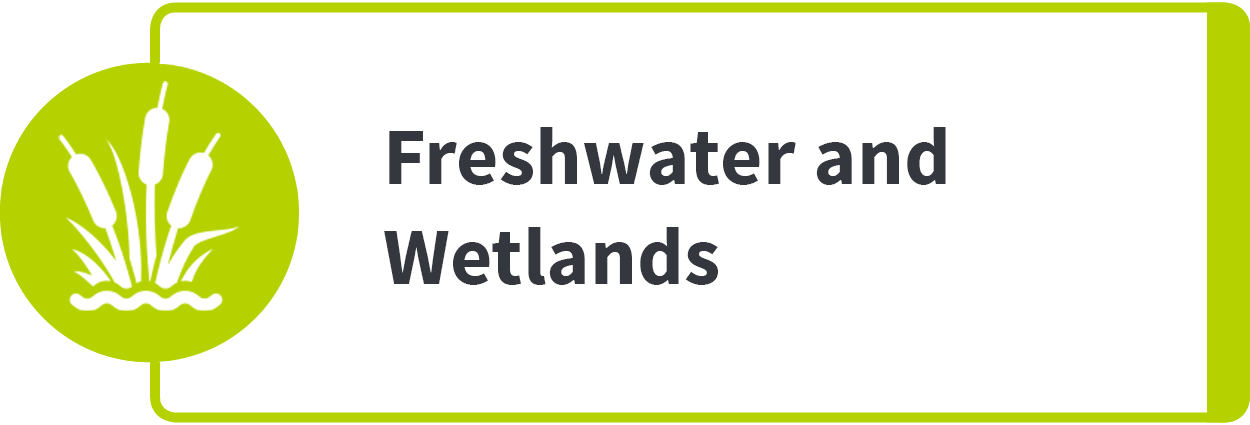Prevent window strike
There are a few things you can do to help prevent window strike: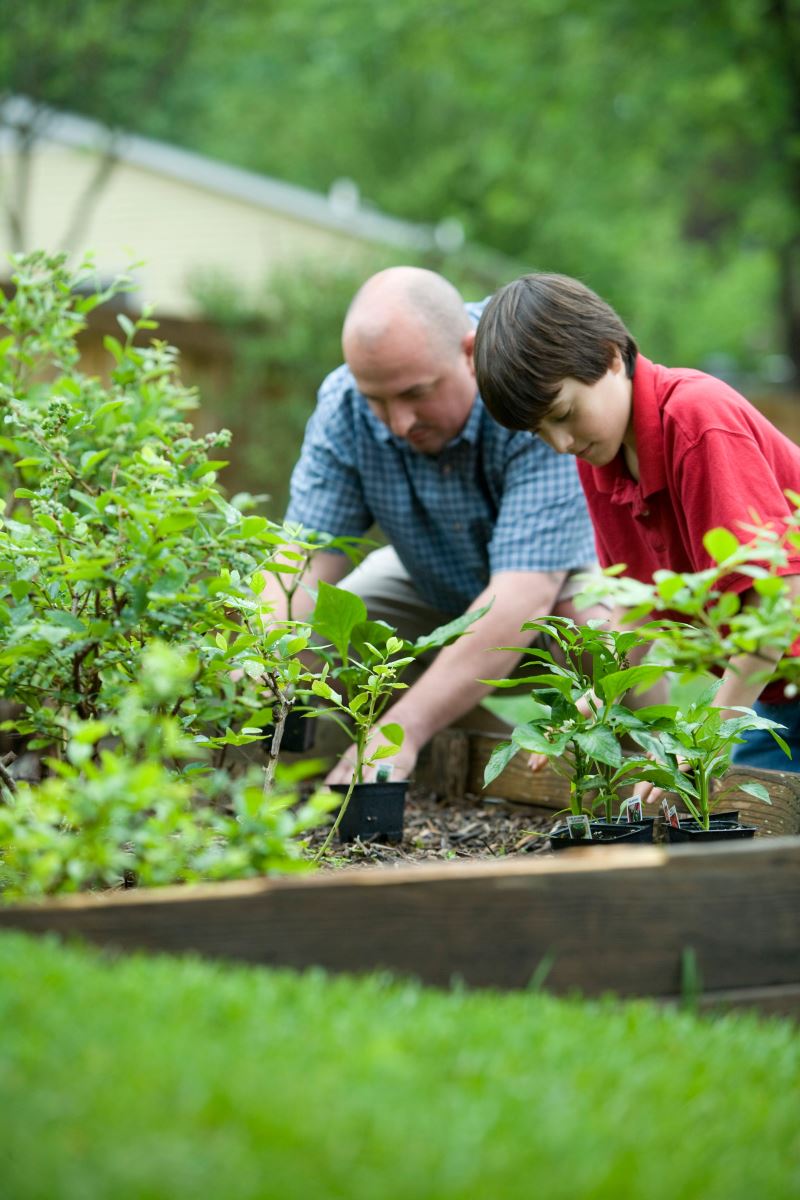
- Use UV reflecting stickers on your windows
- Turn the blinds slightly to reduce reflections
- Turn unused lights off at night
- Make sun catchers to hang on your windows like the one in issue 2 of the Kind Matters newsletter.
Build bat homes, bug hotels, and lizard lounges
- Keep things like bricks, logs, concrete blocks, flower pots, leaf litter, rocks, etc. in your backyard as lizards and insects like to hide in the crevices. You can create loosely stack piles of these materials so the tiny creatures in your backyard have a safe place to find cover.
- Make bug hotels like the one in issue 9 of the Kind Matters newsletter to help provide a safe space for insects to inhabit.
- Plan an at-home or school project to plan, construct, and place bat houses in your garden or school yard.
Find safer ways to protect your garden
Instead of using pesticides that can kill animals such as bees, consider natural alternatives for the garden like planting onion, garlic, or marigolds.
However, if your dogs can access your garden, avoid onion and garlic.
Plant locally sourced native trees/plants
Planting specific bird friendly trees, plants, and flowers is an effective, kind, and compassionate way to promote native species. Many native birds rely on nectar, fruit, and/or insects for the nutrients they need to be happy and healthy. You can plant species from the urban, backyard, and garden flora list or ask your local garden centre what the best plants are for your area! Just be sure that you do not plant too close to your windows to help prevent bird strike.
In addition to this, if you find any pest plants, it’s important that you remove and disposed of them safely and carefully. Contact your local council to find out how to best dispose of them in your area.
Provide animal-friendly sources of water
These sources can include:
- Bird baths
- Shallow dishes for bees
- Shallow ceramic dishes of water on the ground for other animals
It’s very important to make sure you keep these water sources clean and prevent the growth of bacteria by washing them out with mild soap and water every day.
Keep your cat safe and happy at home
Contained cats are more likely to enjoy a longer, healthier life. This includes spending more quality time with you, keeping them safe from road traffic, avoiding problems with your neighbours, and reducing the risk they will harm or kill other animals.
You can contain your cat by cat-proofing an outdoor area, using a combination of indoors and a secure outdoor enclosure, or keeping your cat indoors. You will need to provide them with opportunities to meet their physical and behavioural needs.
For more information, click here.
You can also take a look at the rest of our bird friendly cat tips in the Wild Birds section below.
Additionally, it’s important to follow the rules when you and your family are exercising your dog.
Birds - to feed or not to feed?
Many people think they are doing a good thing by feeding birds human food like bread. Unfortunately, although birds will happily gobble up bread, bread is actually very unhealthy for them. Bread fills up a bird’s stomach, but it doesn’t give them any of the nutrition they need to be healthy and strong. When birds eat bread, it’s just like people filling up lots of junk food. This can lead to several problems, like the ones listed in the challenges above.
Rather than feeding them bread or bird seed, which holds little to no nutritional value, it’s best to plant a buffet of trees, bushes and shrubs for birds in your backyard to help them thrive. This will give birds areas to rest, feel safe, and of course eat. Help keep New Zealand’s birds safe and healthy by keeping bread at home for your toast and sandwiches!

Give wildlife space
It’s always important to admire wildlife from a distance. Remain quiet, don’t approach them, and give them the distance and respect they deserve.
Get involved
There are lots of ways you can get involved with different groups, organisations, and projects to help conserve wildlife:
- Participate in the New Zealand Garden Bird Survey. This fun citizen science project helps gather valuable information about New Zealand’s garden birds and their distribution across New Zealand. Search https://gardenbirdsurvey.landcareresearch.co.nz/ website for more information.
- Get involved in the Great Kererū Count. This fun citizen science project was set up to help gather information about kererū numbers and their distribution across New Zealand. Find out more about this great project at: www.greatkererucount.nz
- Check to see if there is a local conservation group you can get involved with – if not, why not start your own!
Write a polite letter or email
You can write a polite email or letter to the government supporting the development of city green corridors, protection of parks and reserves, and urging for further initiatives that protect urban wildlife within your region.
Spread the word
Help protect precious wildlife by sharing these facts and tips with all your friends, family, classmates, and teachers!
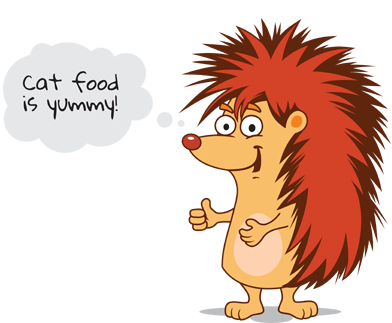













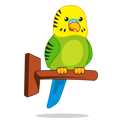



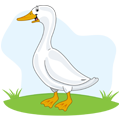

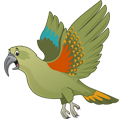
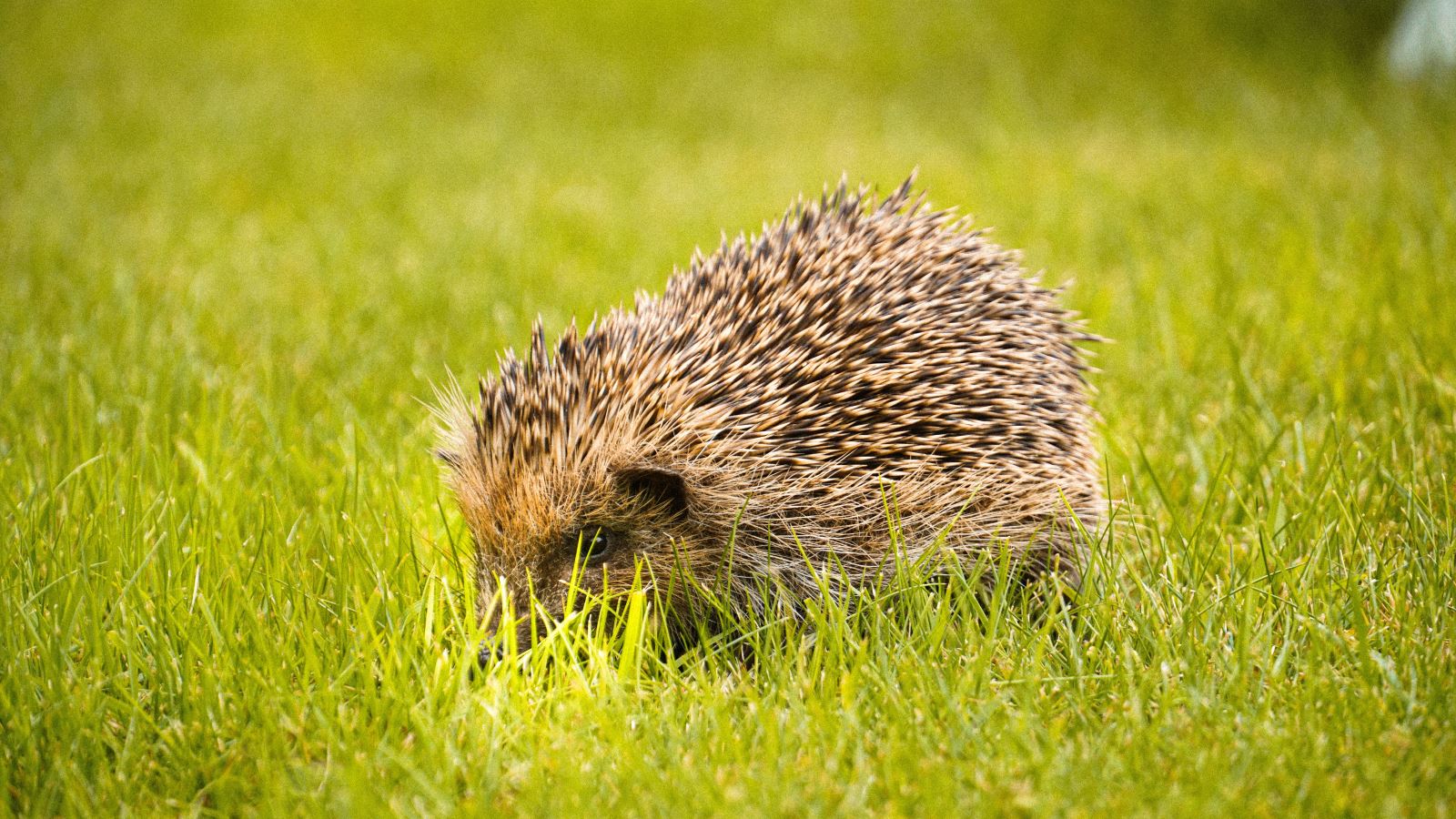
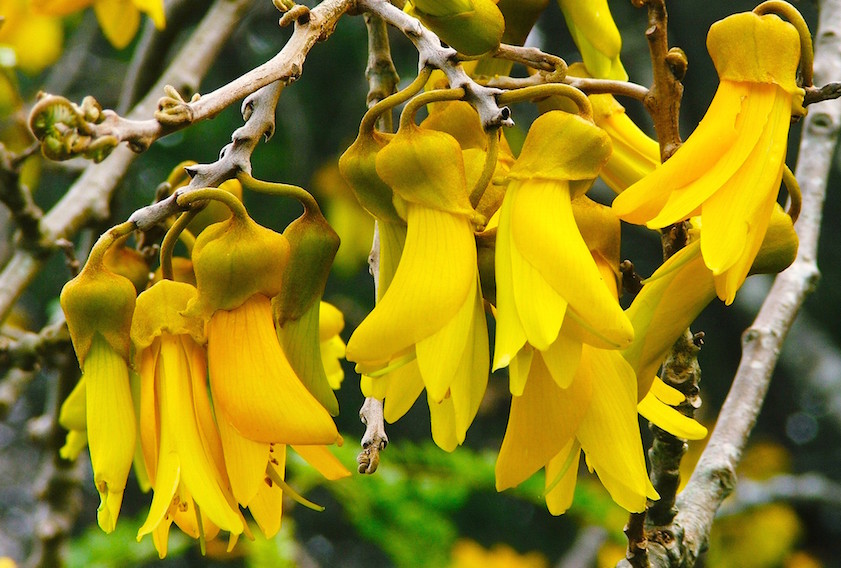
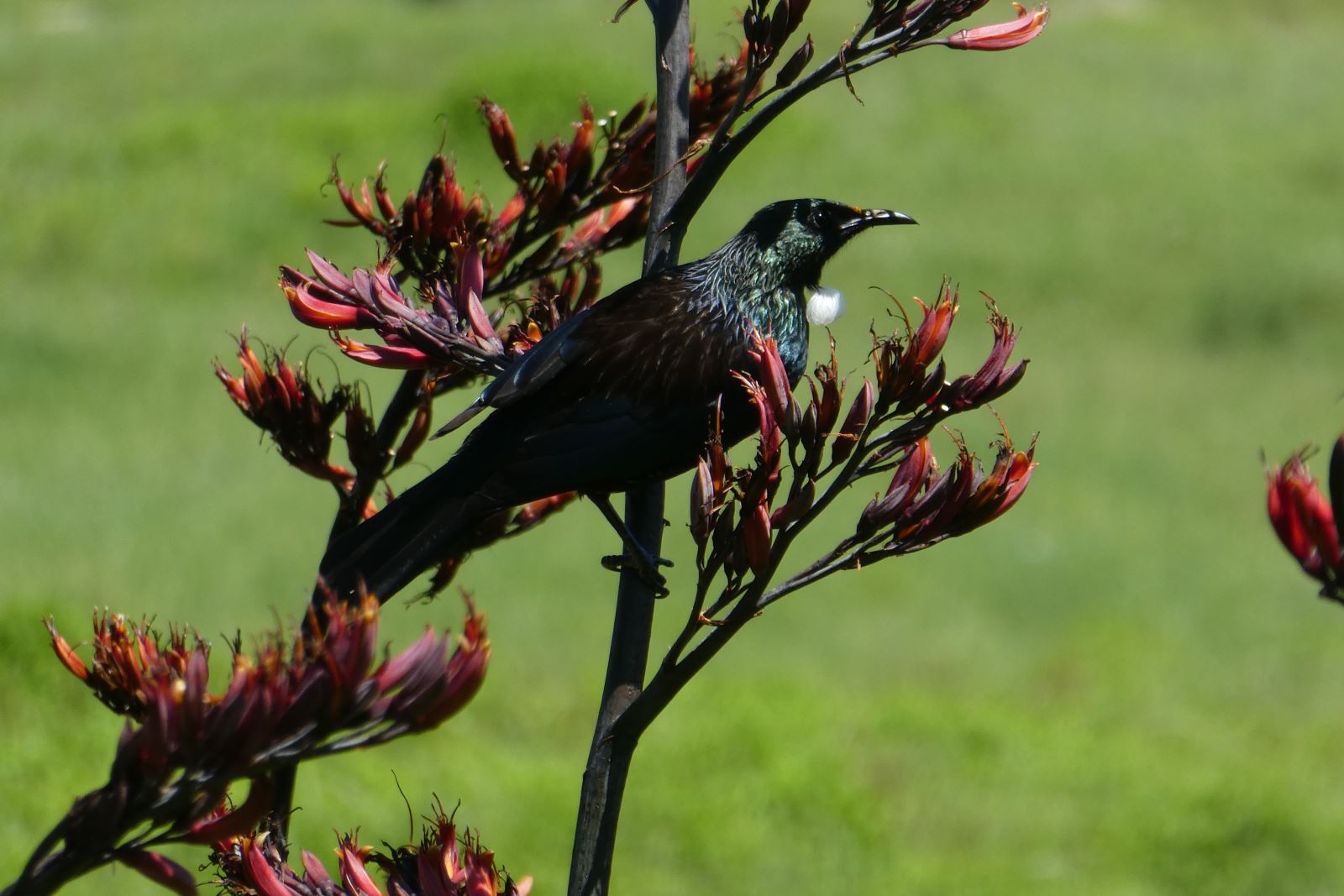
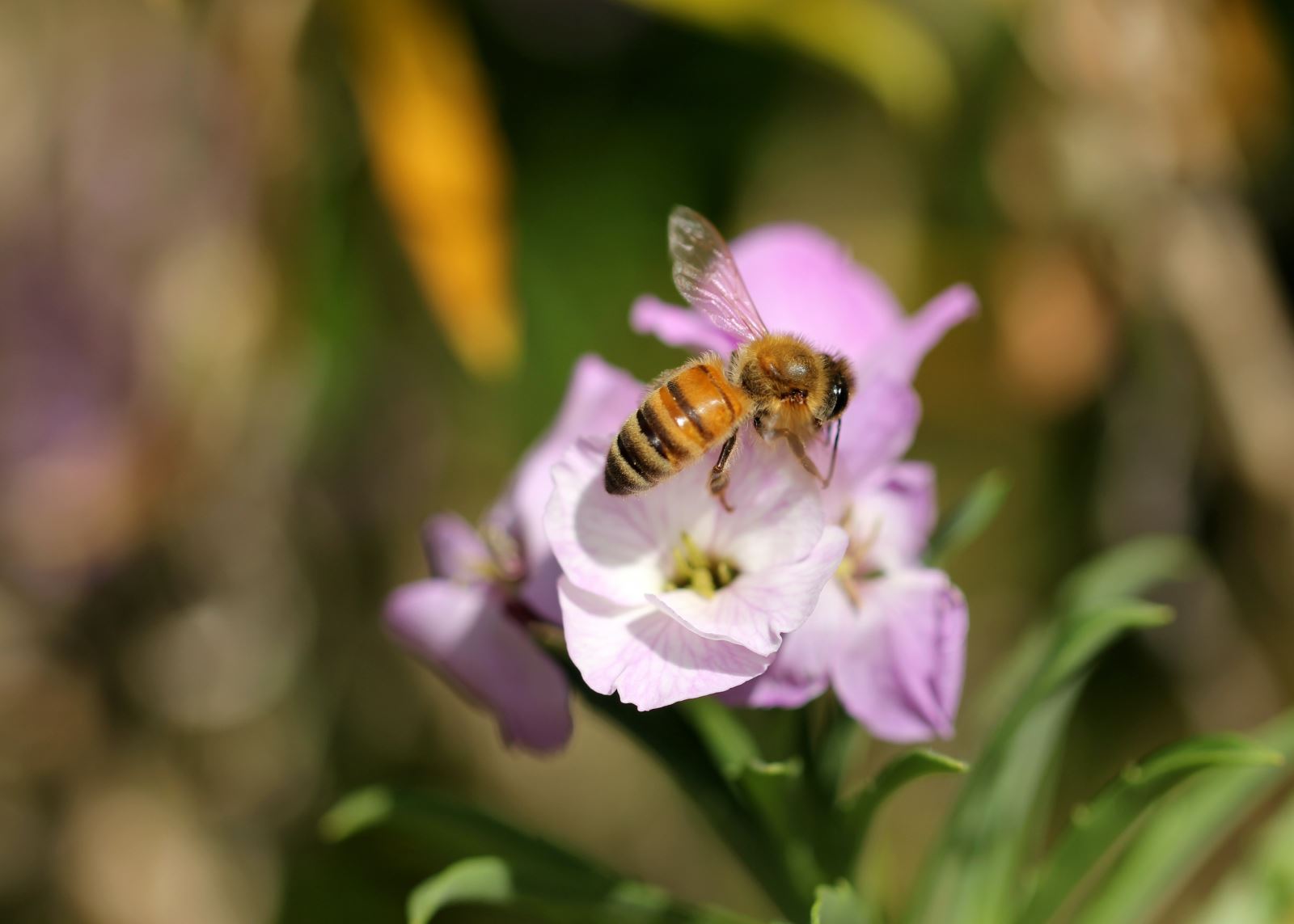


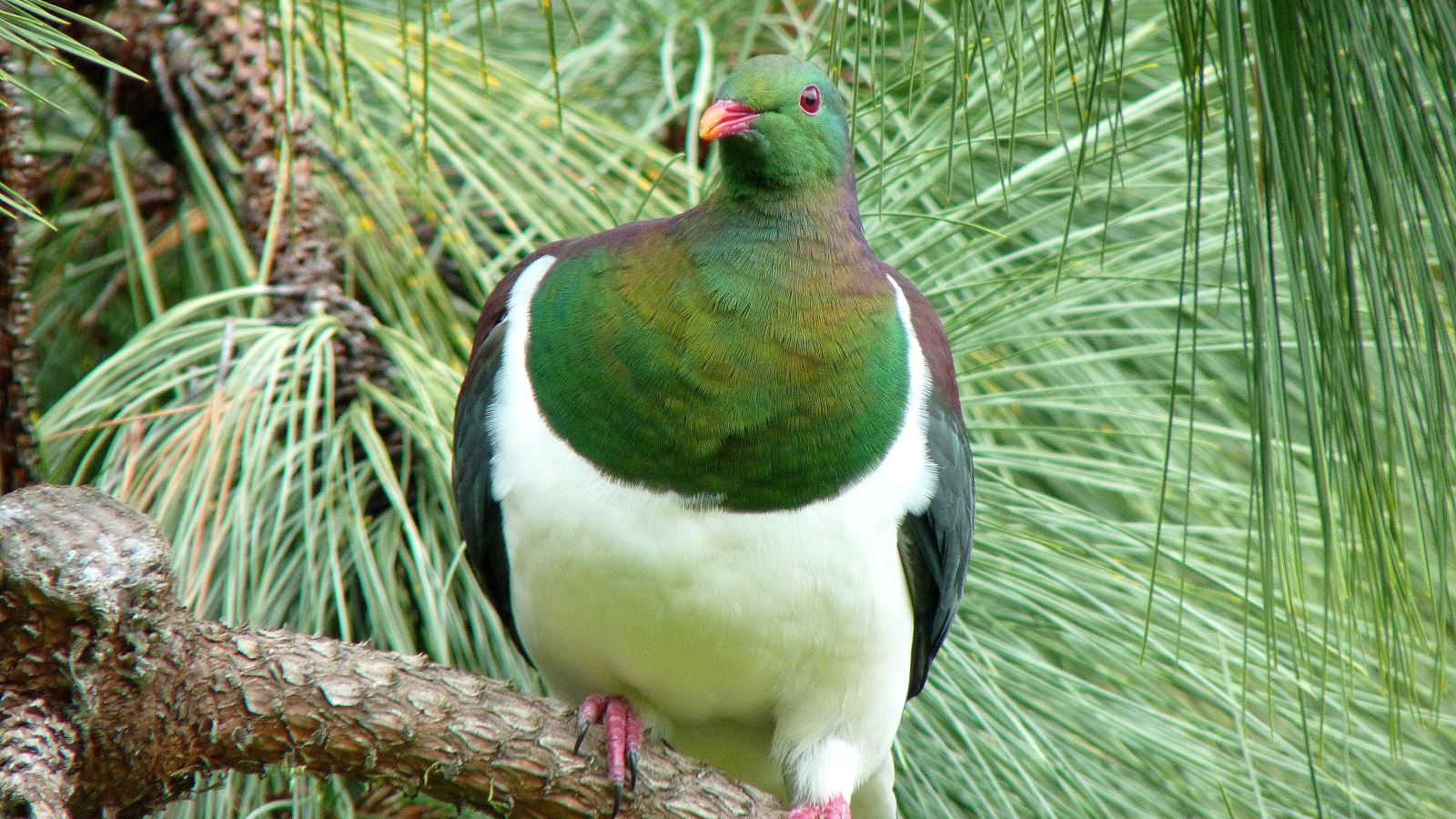
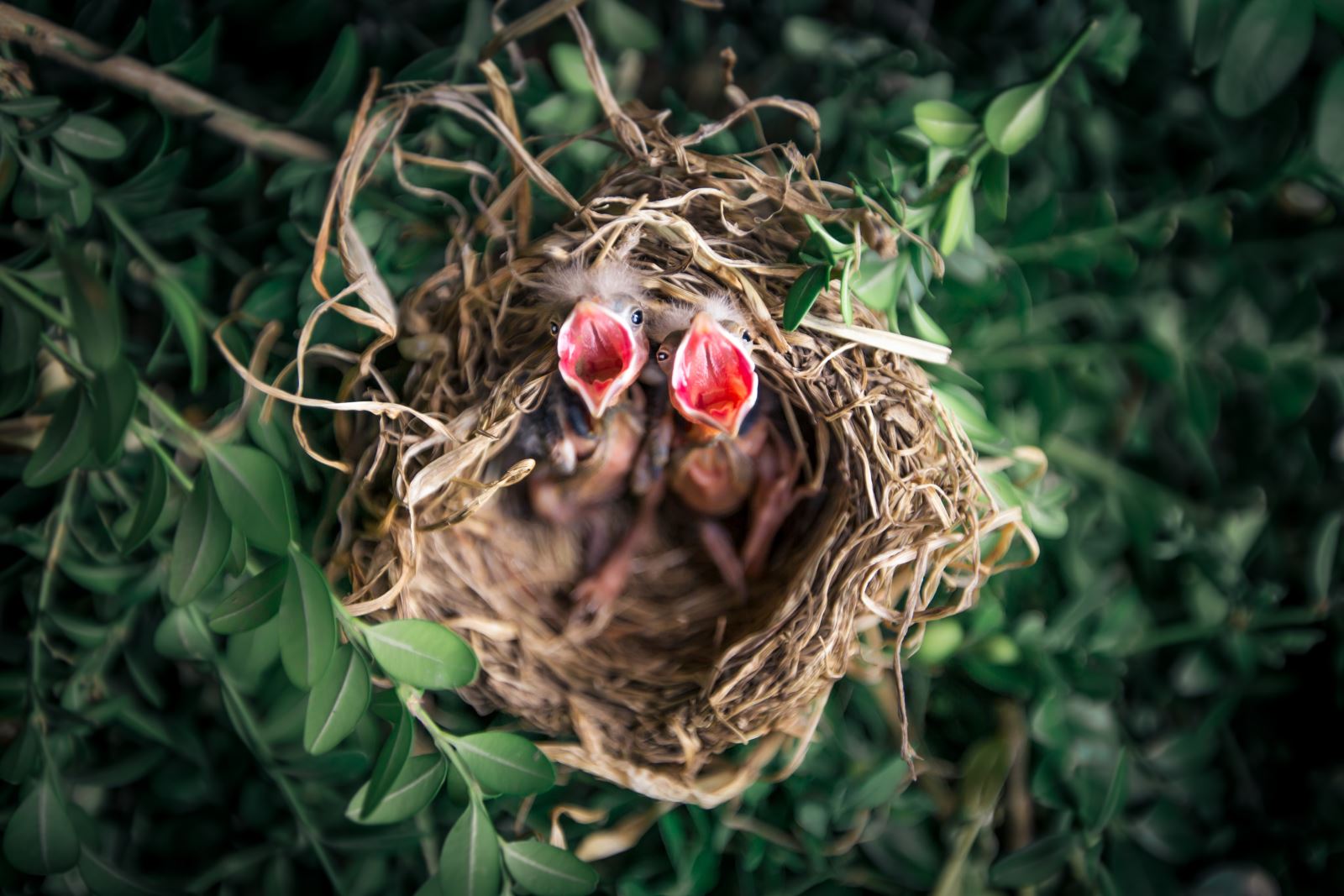
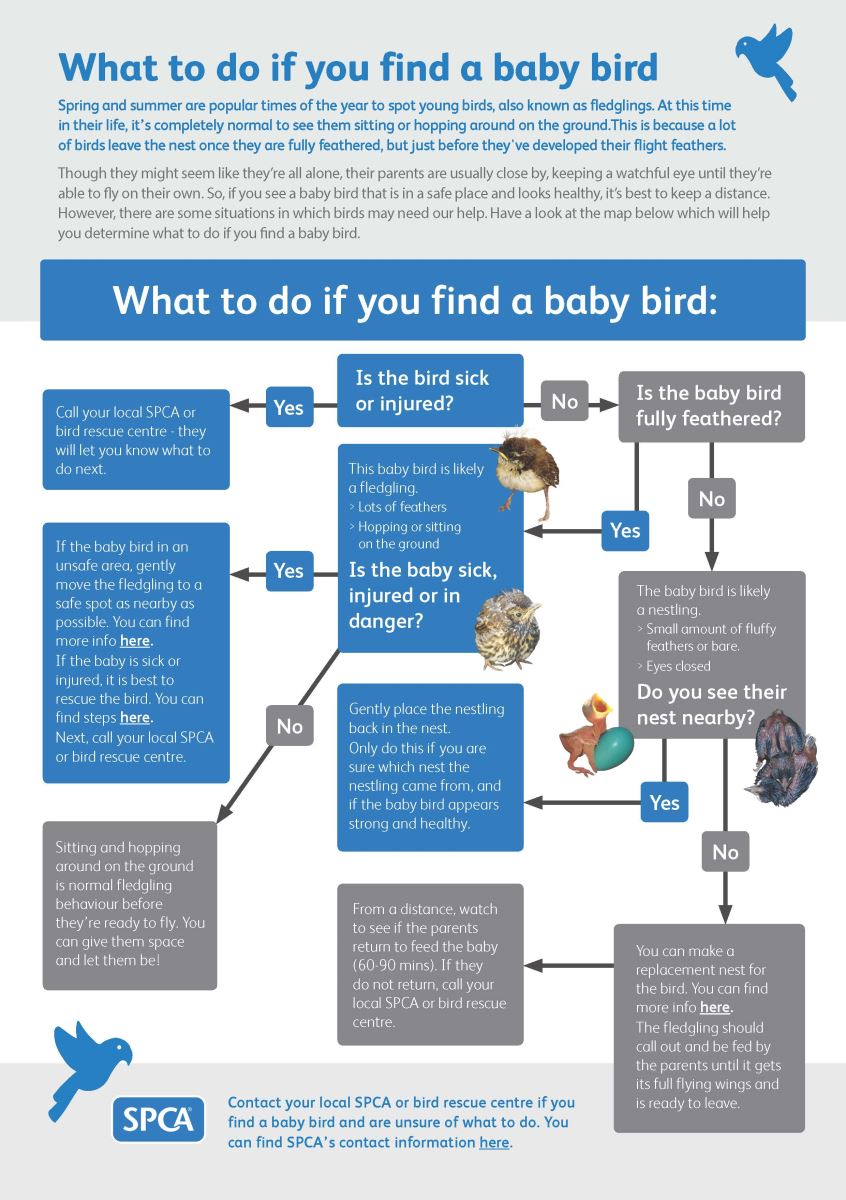

.jpg)

 To keep the bird safe during this time, ask an adult to carefully pick up the bird and place him or her in a well-ventilated box on something soft, like an old towel, and put the box in a warm and quiet area to recover.
To keep the bird safe during this time, ask an adult to carefully pick up the bird and place him or her in a well-ventilated box on something soft, like an old towel, and put the box in a warm and quiet area to recover. 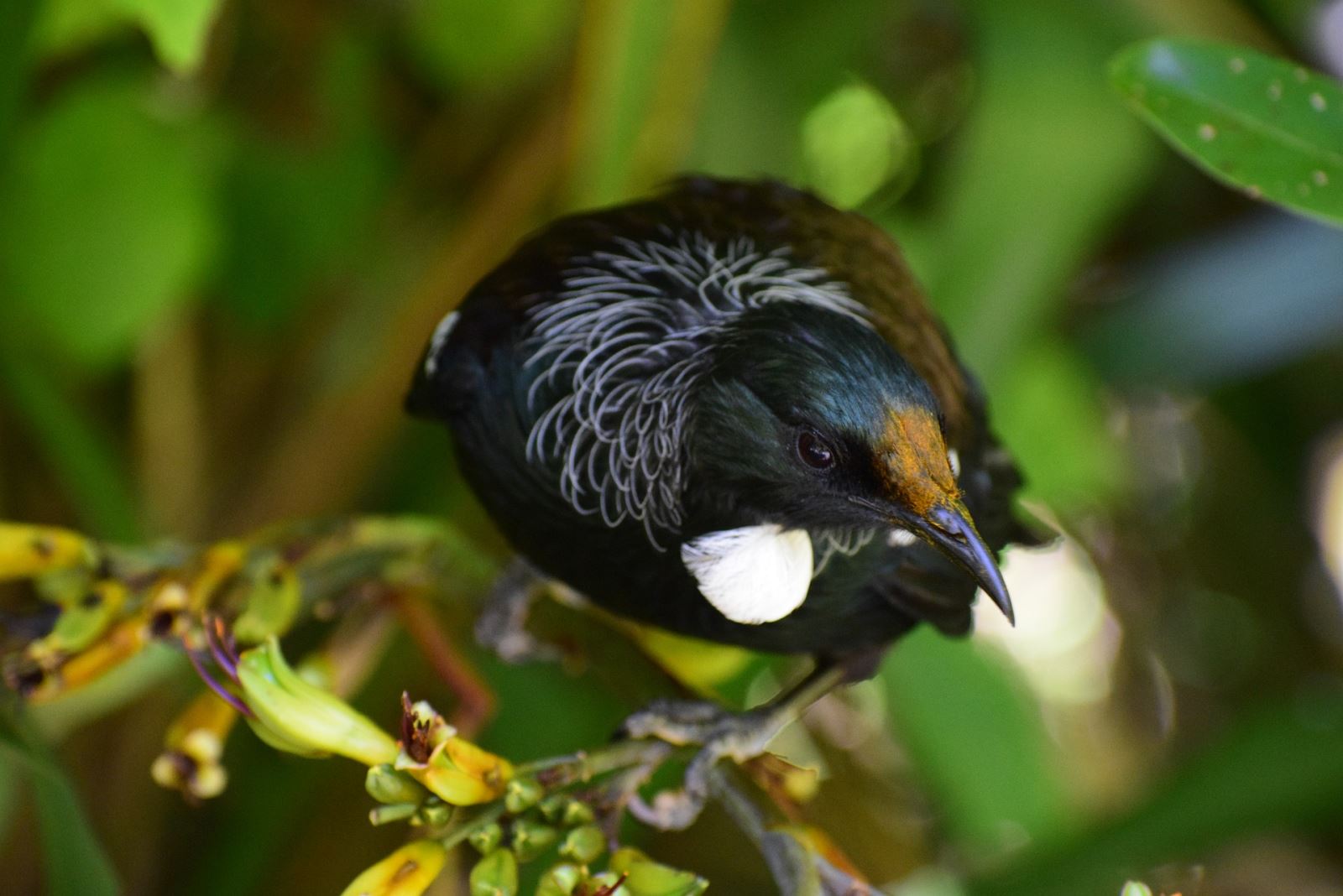
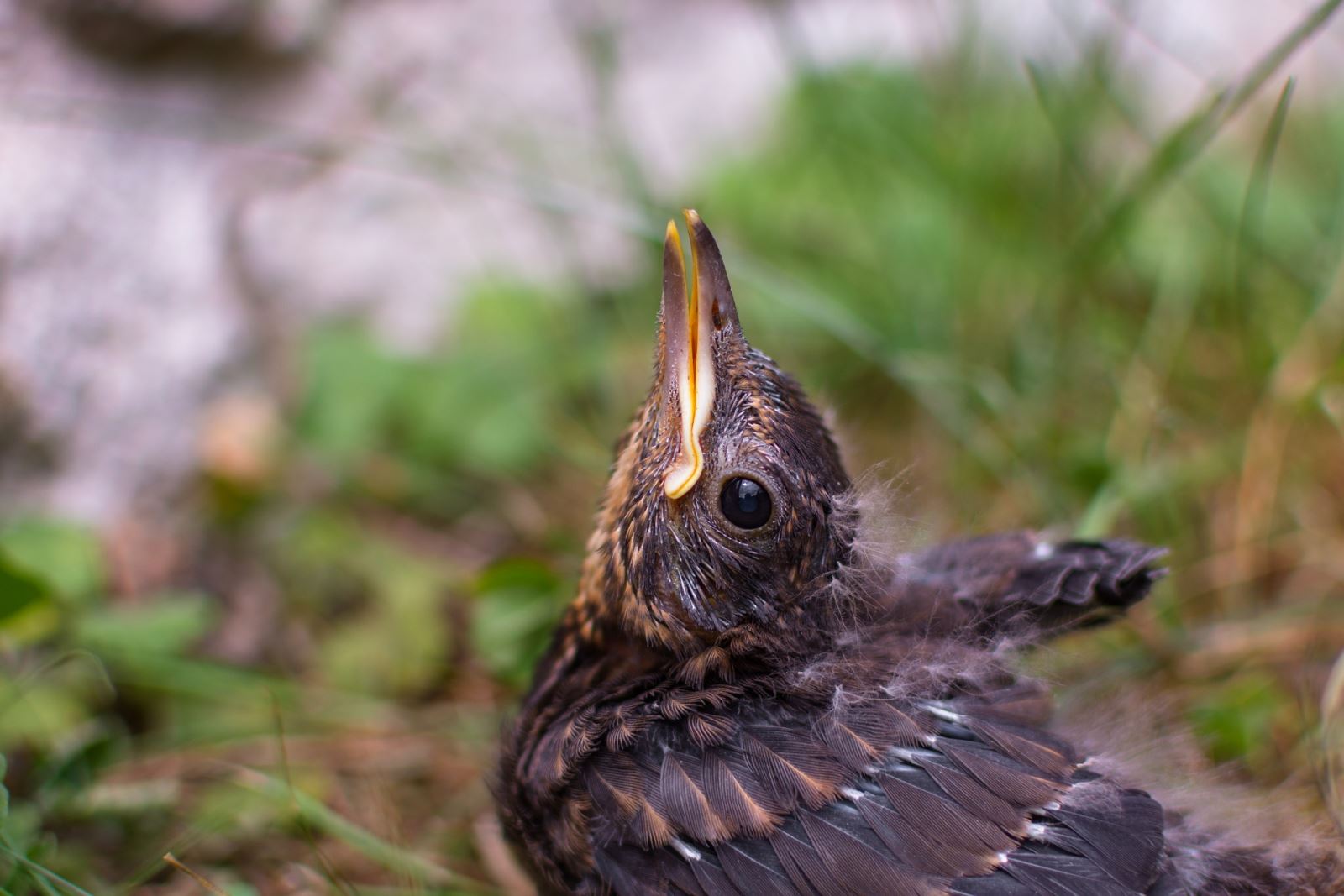
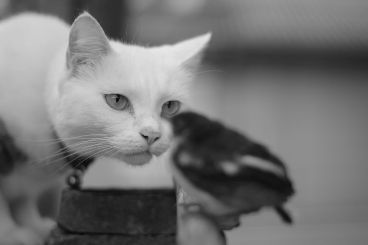
 One of the best methods to prevent disease is keeping bird feeders and water containers in your garden super clean.
One of the best methods to prevent disease is keeping bird feeders and water containers in your garden super clean.